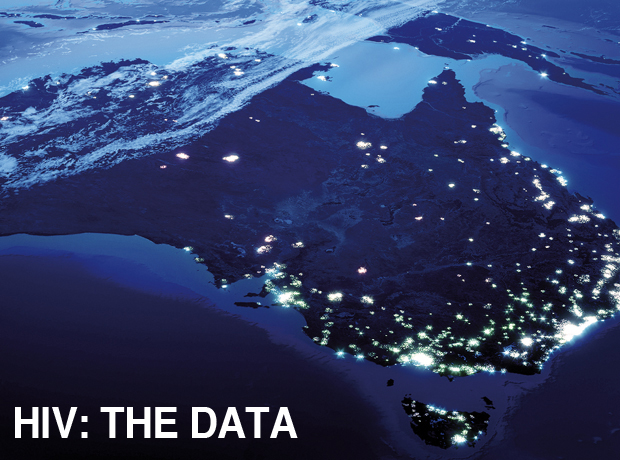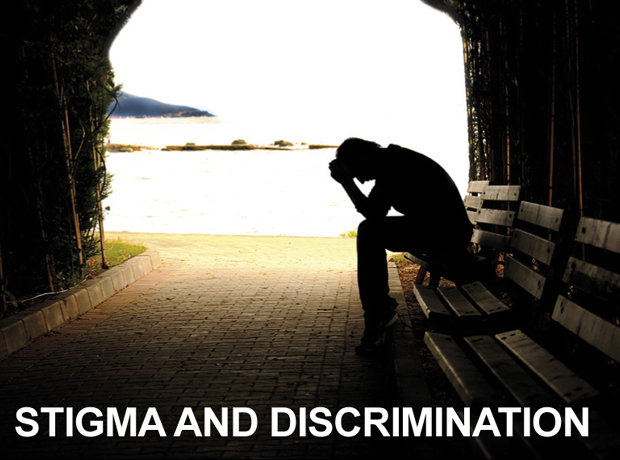HIV Media Guide
Information for journalists
Reporting HIV data
Following the release of annual national and state/territory HIV data, media coverage tends to focus on real and perceived increases in HIV diagnoses – in total and for particular populations.
Rates of HIV diagnoses have increased over recent years and careful, non-alarmist reporting of this is important. Hyperbole and unfounded generalisations fuel HIV-related stigma and discrimination against people living with HIV, and communities affected by HIV such as gay men and people who inject drugs.
Balanced reporting needs to reflect on the reasons behind increases in diagnoses and should be careful not to overstate the significance of year-to-year fluctuations.
For example, the introduction of community-based HIV rapid testing services in Australia has resulted in spikes in HIV diagnoses among men who have sex with men, as more people accessed HIV testing. Results from the 2014 Sydney Gay Community Periodic Survey show that the proportion of gay and homosexually active men reporting an HIV test in the past 12 months was 76% – the highest level recorded since the survey began in 1996. The survey showed similar results in 2015.
Increased frequency of HIV testing among gay men means earlier diagnoses and earlier treatment. This is a key part of HIV prevention, because knowledge of HIV-positive status and the protective benefits of HIV treatment dramatically reduce the risk on onward HIV transmission.
Diagnoses among young people
An example of media interest potentially distorting public understanding of the data is reporting on diagnoses among young people.
While there have been small increases in HIV diagnosis among young gay men and other men who have sex with men in recent years, the increase in rates of other STIs among young people generally has been far greater and of more significance.
See also: Take care with data






